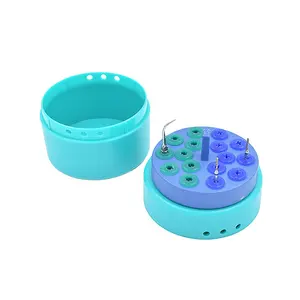







Carbide dental burs are precision tools integral to modern dentistry, designed for cutting hard tissues such as bone or tooth enamel. These burs come in various shapes and sizes, tailored to specific dental procedures, ensuring versatility and efficiency in dental treatments.
Dental professionals utilize carbide dental burs for a range of applications, from cavity preparation to bone contouring. The diversity in types, including round, inverted cone, and straight fissure, corresponds to their application in restorative dentistry, endodontics, and prosthodontics. The choice of bur impacts the accuracy and outcome of dental procedures.
The construction of carbide dental burs involves robust materials such as tungsten carbide, known for its strength and durability. These burs are engineered to withstand the stresses of high-speed dental handpieces, offering precision in dental procedures. The material composition also ensures longevity, reducing the frequency of replacement.
Opting for carbide dental burs brings several advantages to dental practices. Their exceptional cutting efficiency and ability to maintain sharpness over time lead to smoother operations. Additionally, their compatibility with different handpiece designs makes them a versatile choice for dental professionals.
When selecting carbide dental burs, dentists consider factors such as the bur's head size, shape, and the number of flutes. These aspects determine the bur's cutting action and finish, influencing the clinical outcome. It's essential to match the bur to the specific dental procedure for optimal results.
While focusing on performance, it's also crucial to acknowledge the environmental and safety aspects of carbide dental burs. Proper sterilization and disposal protocols are vital to prevent cross-contamination and ensure patient safety during dental procedures.